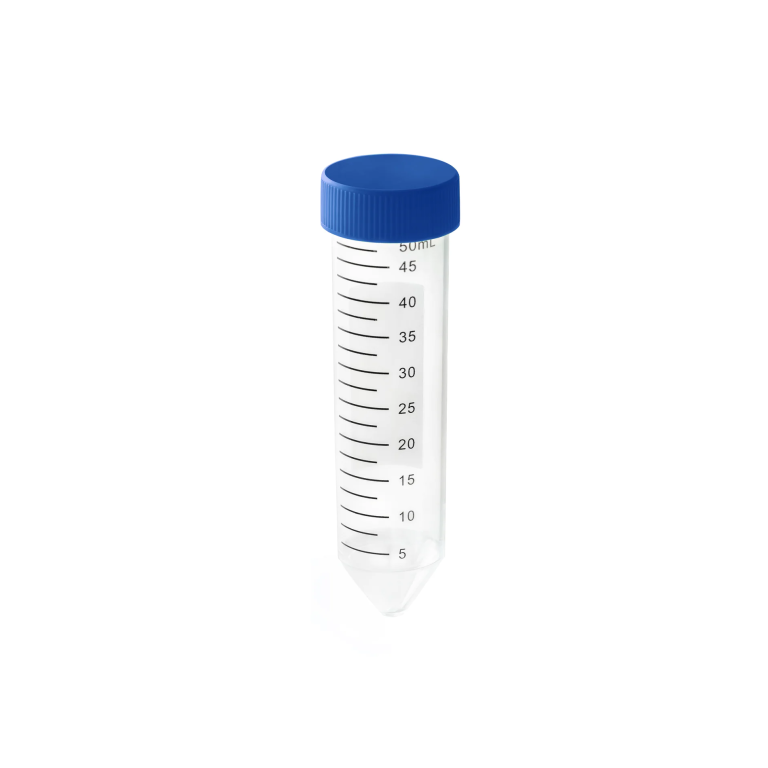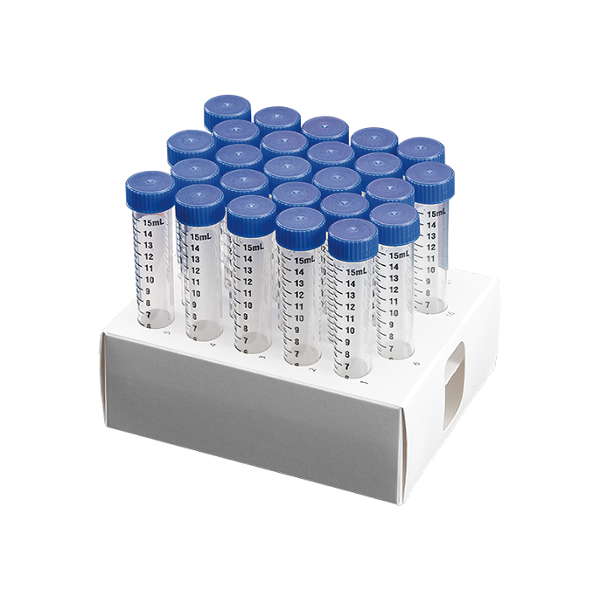Low-retention pipette tips, also known as low-binding or low-retention tips, are specialized laboratory consumables designed to minimize sample retention and improve liquid handling accuracy and precision during pipetting procedures. These tips are particularly valuable when working with small volumes of precious or expensive samples, such as DNA, RNA, proteins, enzymes, and other biomolecules. Here are some key characteristics and benefits of low-retention pipette tips:
Characteristics:
- Material Composition: Low-retention pipette tips are typically made from specialized materials, such as hydrophobic polymers (e.g., polypropylene) or additives that reduce surface tension. These materials are chosen for their ability to minimize the adhesion of liquids to the inner surface of the tip.
- Surface Treatment: Some low-retention tips undergo additional surface treatment processes, such as plasma treatment or silicone coating, to further reduce sample retention and improve hydrophobicity.
- Design Features: Low-retention tips may have specific design features, such as ultra-smooth inner surfaces, fine points, or special geometries, to facilitate optimal sample release and pipetting performance.
Benefits:
- Minimized Sample Loss: Low-retention pipette tips significantly reduce sample retention compared to standard tips, ensuring that more of the sample is dispensed from the tip during pipetting. This minimizes sample loss and maximizes sample recovery, especially when working with small volumes.
- Improved Accuracy and Precision: By reducing sample adhesion to the tip surface, low-retention tips provide more accurate and reproducible liquid handling results. This is particularly important in applications where precise volumes are critical for experimental success.
- Prevention of Cross-Contamination: Low-retention tips help prevent cross-contamination between samples by ensuring that residual liquids are effectively dispensed from the tip and do not carry over to subsequent pipetting steps.
- Enhanced Reproducibility: The consistent performance of low-retention tips ensures reproducible pipetting results from one experiment to another, reducing variability and improving the reliability of experimental data.
- Suitability for Sensitive Samples: Low-retention tips are ideal for handling sensitive biological samples, such as nucleic acids, enzymes, and proteins, where minimizing sample loss and preserving sample integrity are critical for downstream applications.
In summary, low-retention pipette tips are essential laboratory consumables that offer significant advantages in sample handling, accuracy, and reproducibility, particularly in molecular biology, biochemistry, and other life science research applications. Their ability to minimize sample retention and improve liquid handling performance makes them indispensable tools for scientists working with precious or sensitive samples.


